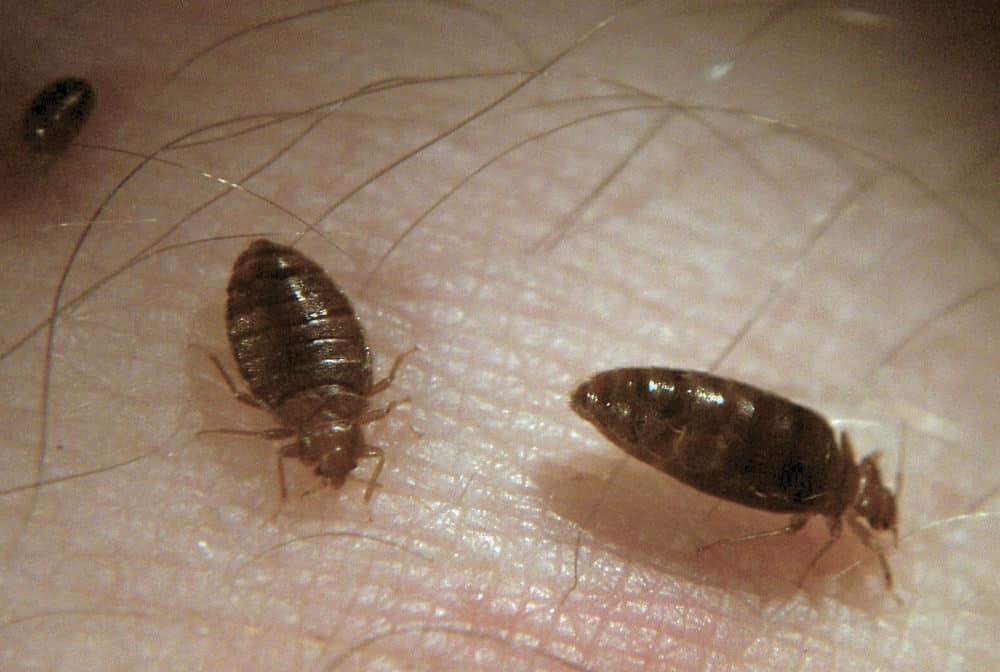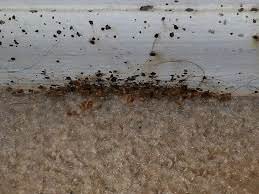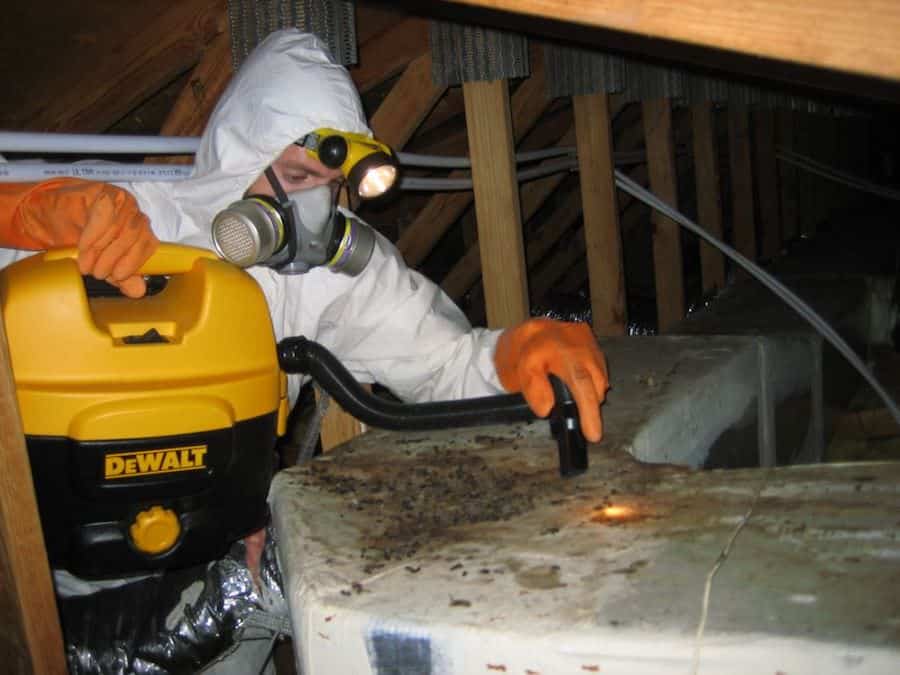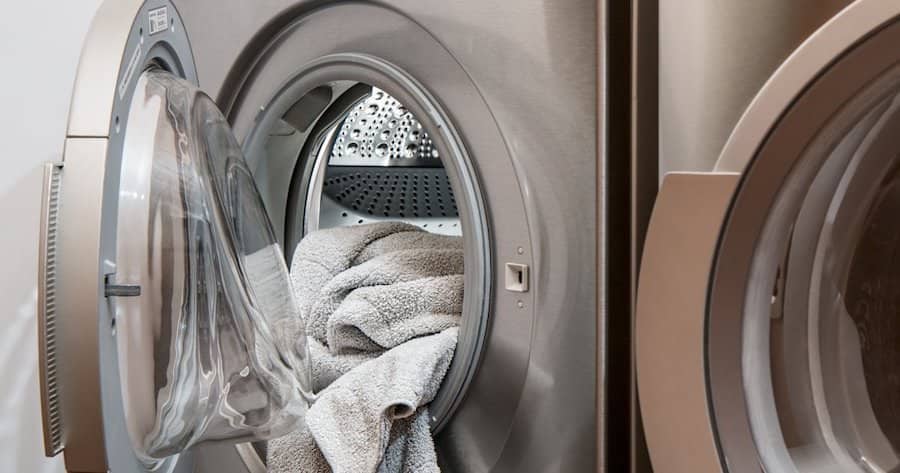How Often Do Bed Bugs Bite, Eat & Feed?
Bed bugs are infamous for being annoying, stressful to deal with, and hard to get rid of. Still, a lot of misinformation is spread about exactly what bed bugs are, what they tend to do, and how exactly they feed. Let’s take a look at some feeding habits, including how often they bed bugs feed, what times they eat, and what they tend to feed upon most often.
How Often Do Bed Bugs Feed?
As we will discuss later, it’s hard to assign a specific schedule to the eating habits of bed bugs with any sort of accuracy. However, there are certain tendencies that can provide a useful general guideline of bed bug behavior.
Generally speaking, bed bugs tend to about once per week. Their feedings are very much in tune with their growth into adults, as bed bugs must feed once during each stage in order to progress from nymph to adulthood.
After five feedings, a bed bug can advance to adulthood. At that point, they will continue eating about once per week. However, with a number of bed bugs present, even if many of them are currently resting between meals, there are bound to be active bed bugs at any given time, which can make them a real nuisance indeed.
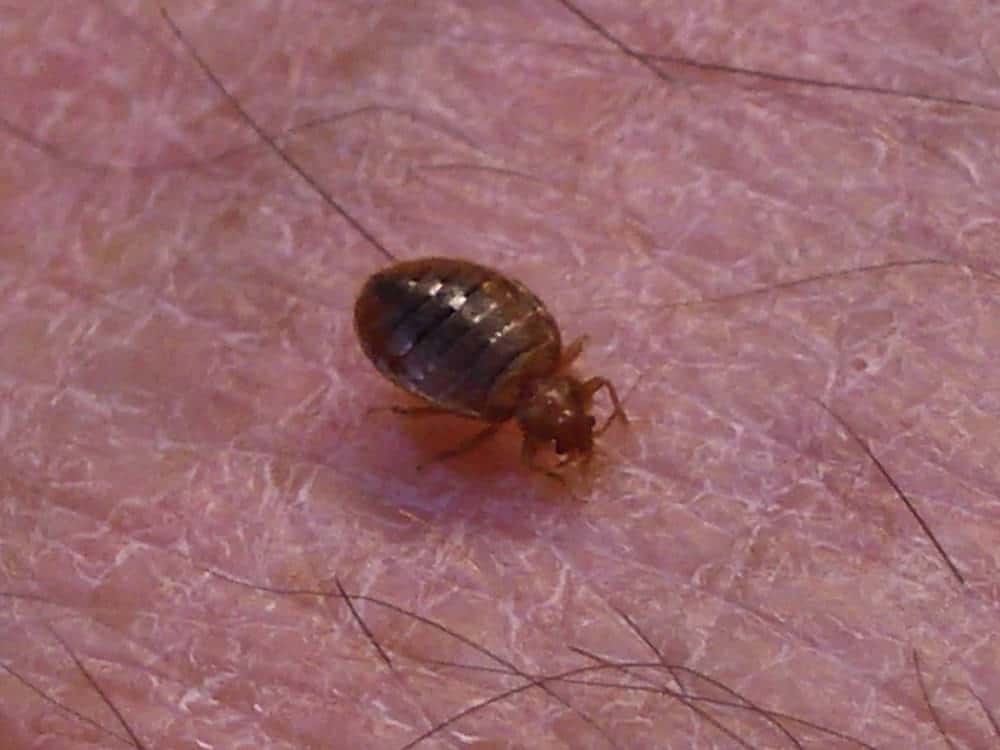
The once per week feeding tendency is also due to the climate of most homes, which usually stays at a room temperature between 65 and 75 degrees Fahrenheit. At a moderately warm temperature, their feeding requirements stay pretty consistent since they aren’t dealing with the off and on cold periods that affect insects that live and eat outdoors.
When Do Bed Bugs Come Out To Feed?
Bed bugs tend to be nocturnal feeders. This is partially due to their nature, but it also has a lot to do with their environment and the availability of meals for them. Since they tend to infest mattresses and people are likelier to be sleeping at night, that’s when bed bugs generally like to feed.
However, this certainly isn’t set in stone. Bed bugs, like most insects and animals, are highly opportunistic and are unlikely to turn down an opportunity to feed no matter when it presents itself. So while they are likely to feed at night, they certainly can’t be counted upon to follow any specific schedule.
You are unlikely to see bed bugs when they aren’t actively looking for a meal, by the way. Bed bugs prefer to take a blood meal and then go back to a hidden area until it’s time to feed again, which makes them difficult to find or detect sometimes.
How Long Can Bed Bugs Live Without Feeding?
Many people wonder whether they can get rid of bed bugs by somehow starving them out. After all, if they go long enough without food, they’re likely to die like any other organic species, right? Of course, you’d have to know for sure that the area in which the bed bugs are living is quarantined, which is pretty hard to do with a space that you actively live in.
Sadly, any attempt to implement this kind of strategy is not going to be successful, even if it is possible to try. That’s because bed bugs can go extraordinarily long without feeding, as some have been known to live upwards of 400 days without feeding. The range of possible life spans without food is wide, with most experts citing periods between 20 to 400 days, but no matter how you figure it, it’s a long time.
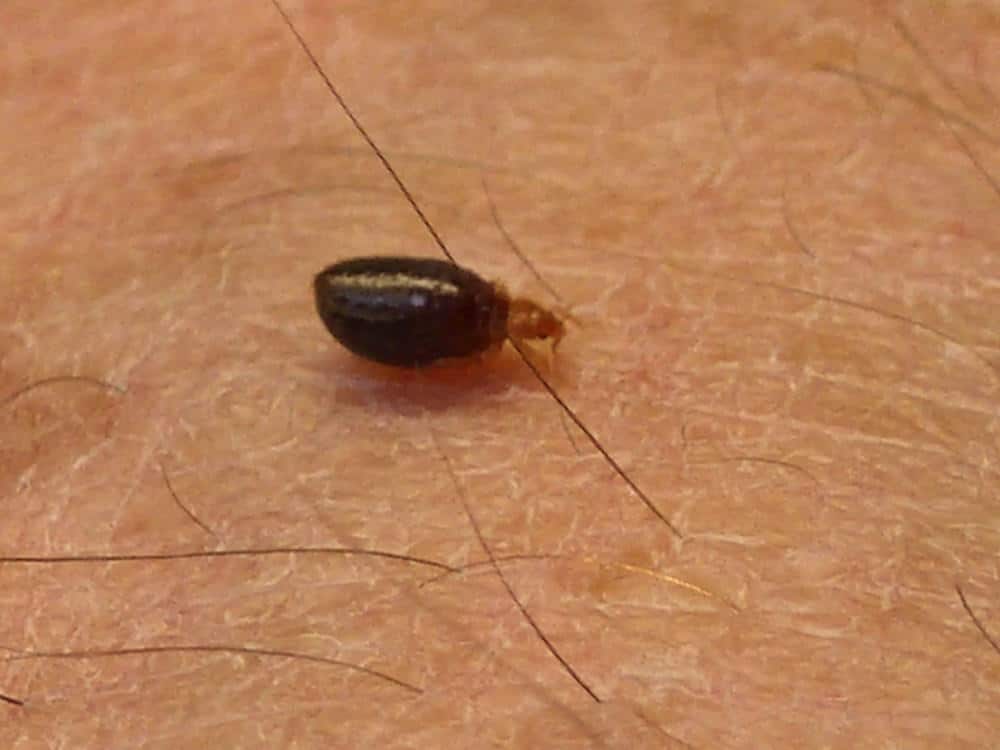
Just as with feeding frequency, room temperature makes a difference when it comes to how long bed bugs can survive without food. In a properly heated and cooled house that isn’t too humid, bed bugs can certainly survive for a few months between feedings. If the area is cooler, however, they can live even longer between feedings.
Do Bed Bugs Also Feed On Pets?
Pet owners tend to be very protective of their cats and dogs and want to keep them free of annoying pests such as ticks and fleas as a result. The first question many pet owners have when it comes to bed bugs is, “Are bed bugs going to feed on my pets?” The answer, unfortunately, is yes.
There are a few caveats to take into consideration, however. First of all, bed bugs will feed on pets if they need a meal and the opportunity presents itself, but that doesn’t mean that dogs or cats are their first choice. In fact, quite the opposite. The reason for this is that bed bugs do not want to have to get through the dense fur of most domestic animals, such as dogs, in order to get to a spot in which they can actively feed. It’s too much work for most bed bugs and they only resort to it if they badly need to eat.
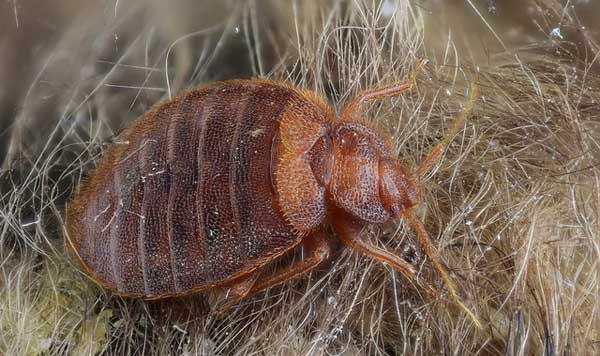
Another reason that bed bugs tend to not prefer pets is that they do not see pets as a new place to live, like fleas do. Fleas do not mind the dense fur of a dog or cat because once they reach the skin of the pet, that’s where they’re probably going to take up residence for a while. Bed bugs, however, eat their meals and then get back on the move, so all of the extra work isn’t worth it.
Therefore, while bed bugs may feed on your pets, they aren’t probably going to be caught in the act since they feed and run.
The unfortunate aspect of this is that they much prefer the ease and nourishment from feeding on humans; so if there’s a dog in the house, and you in the house, they will nearly always decide to feed on you first if you’re in their reach.
How To Get Rid Of Bed Bugs With DIY Treatment Methods
Hiring pest control professionals can be costly, and while it’s usually the best option, there are some preliminary steps you can take to get rid of bed bugs yourself.
1. Carefully bag and wash all of your bedding and clear any clutter around the room. Bed bugs love to hide in piles of clothes, so remove these and wash them before you start cleaning.
3. Use a high-powered vacuum to clean around the bed to take care of stray bugs and eggs. Using a vacuum with a HEPA filter is vital to ensure bed bugs cannot escape once captured. The Shark Navigator Upright Vacuum easily ticks all of the boxes while remaining lightweight and easily maneuverable.
4. Use a specialist, non-toxic bed bug spray to clean your bed-frame, headboard, and surrounding furniture. Bed Bug Patrol Bed Bug Killer is a completely natural spray that has a reported 100% kill rate against live bed bugs in controlled tests, and most importantly, it’s child and pet-friendly.
5. Pull your bed away from the walls and place bed bug interceptor cups under each leg. These will isolate your bed and help to prevent the spread of bed bugs. Additionally, interceptors can serve as tools to help you track progress. Ideally, the interceptors should contain fewer bed bugs every time you empty them. My favorites are these Bed Bug Blocker Interceptor Traps.
6. Using a bed bug mattress protector to encase your mattress will either help to save it if it’s yet to be infested, or otherwise keep bed bugs trapped in and around it until they eventually die of starvation. My favorite is the SureGuard Mattress Encasement which is thick, strong, and will help to stop bed bugs of all sizes from getting to, or from, your mattress. A SureGuard Box Spring Encasement is also available.
7. If you wish to be extremely thorough, specialist bed bug heaters can be purchased to raise household items to a temperature that is sure to kill all bed bugs and eggs. ZappBug is the most popular option, and is designed to automatically reach the all-important killing temperature to eradicate all stages of the bed bugs life cycle. Large and small versions are also available.
Summary
Bed bugs are every homeowner’s nightmare. However, the first step to controlling potential bed bug infestations is understanding them and what they can do. Hopefully, you now have a better understanding of how bed bugs behave and what kind of dangers they can pose should they enter your home.

